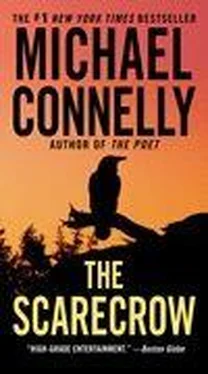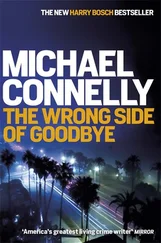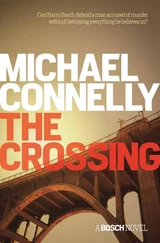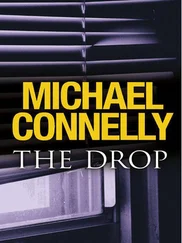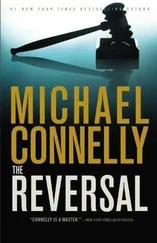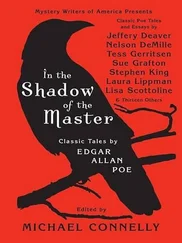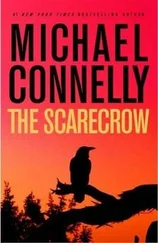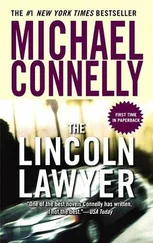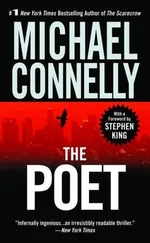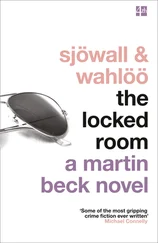I then moved into matters intrinsic to the defense case. It seemed to me that all the tendrils of the case had led me to this one witness. It all came down to this moment.
“Okay,” I said. “Now let’s talk about this specific case. How did it work? Were you assigned to this prosecution or did you request it?”
Lankford sat with his eyes cast downward. His posture and demeanor indicated he had not heard the question. He remained motionless and said nothing for several seconds. The silence stretched to the point that I felt the judge was on the verge of prompting him when he finally spoke.
“We normally have a rotation when it comes to murder cases.”
I nodded and was formulating a follow-up when Lankford continued.
“But in this case I personally requested the assignment.”
I paused, waiting for Lankford to say more, but he was silent. Still, I interpreted his full answer as a strong indication that we had come to a tacit agreement earlier.
“Why did you request it?”
“I had been assigned previously to a murder case in which the prosecutor was Bill Forsythe and we had worked well together. At least, that was the reason I gave.”
Lankford looked directly at me when he added the last sentence. I believed there was some kind of message in it. There was almost a pleading look in his eyes.
“Are you saying you had an ulterior motive for requesting the case?”
“Yes. I did.”
I could almost feel Forsythe tightening up as he sat at the table next to the lectern.
“What was that motive?”
“I wanted to be on the case so I could monitor it from the inside.”
“Why?”
“Because I was told to.”
“You mean by a supervisor?”
“No, I don’t mean a supervisor.”
“Then by who?”
“James Marco.”
I don’t think in all the thousands of hours I have spent in courtrooms that I had ever had such a moment of clarity. But I knew the moment that Lankford said the name James Marco that my client, if he was to survive his injuries, would be set free. I looked down at the top sheet of my yellow legal pad and composed myself for a moment before continuing.
And in that moment, Forsythe rose in slow motion, as if knowing by reflex that he had to stop this but being unsure of how to do it. He asked for a sidebar and the judge told us to come forward. As we assembled in front of the judge, I actually felt sorry for Forsythe because of the predicament the prosecutor was in.
“Judge,” he said, “I would like to request a fifteen-minute recess so I can confer with my investigator.”
“That’s not going to happen, Mr. Forsythe,” Leggoe responded. “He’s a witness now. Anything else?”
“I’m being sandbagged here, Judge. This—”
“By Mr. Haller or your own investigator?”
Forsythe stood frozen.
“Go back, gentlemen. And Mr. Haller, continue with the witness.”
I went back to the lectern. Forsythe sat down and stared straight ahead, bracing for what was coming.
“You said that Agent Marco told you to monitor this case?” I asked Lankford.
“Yes,” he said.
“Why is that?”
“Because he wanted to know whatever we could find out about Gloria Dayton’s murder investigation.”
“He knew her?”
“He told me she was his informant a long time ago.”
I made a mark on my legal pad, checking off one of the points I had wanted to make through Lankford’s testimony. I glanced over at the jury box. Twelve for twelve, plus two alternates, they were riveted. And so was I. I had chosen Lankford over Marco as the weaker part of the conspiracy. He saw the Sterghos house video and, of course, knew he was the man in the hat. He knew that his only way out was to carefully attempt to pick his way through his testimony without snagging himself on perjury or self-incrimination. It was going to be hard to do.
“Let’s back up for a minute,” I said. “You’re familiar with the video taken through security cameras at the Beverly Wilshire hotel that showed Gloria Dayton on the evening she was murdered, are you not?”
Lankford closed his eyes for a long moment and then opened them.
“Yes, I am.”
“I am talking about the video first shown to the jury yesterday.”
“Yes, I know.”
“When did you first see that video?”
“About two months ago. I don’t remember the date.”
“Now yesterday during testimony, Victor Hensley, a security supervisor at the hotel, said he believed that the video showed Gloria Dayton being followed when she left the hotel. Do you have an opinion on that?”
Forsythe objected, saying the question was leading and beyond the scope of Lankford’s knowledge and expertise. The judge overruled it and I asked Lankford the question again.
“Do you think Gloria Dayton was being followed the night of her death?”
“Yes, I do,” Lankford said.
“Why is that?”
“Because I was following her.”
What followed that answer may have been the loudest silence I had ever heard in a courtroom.
“Are you saying that is you on the video—the man in the hat?”
“Yes. I’m the man in the hat.”
That got another check mark on my pad and another roaring silence. I realized that Lankford might be exorcizing his demons by confessing, but he so far had not admitted to anything that was actually a crime. He continued to give me that same pleading look. I came to believe in those moments that he and I were making an unspoken agreement. It was the video, I realized. He didn’t want it played. He wanted to tell the story as a cooperating witness, not have the Sterghos video shoved down his throat while on the stand.
I was willing to take that deal.
“Why were you following Gloria Dayton?”
“I had been asked to find her and to find out where she lived.”
“By Agent Marco?”
“Yes.”
“Did he tell you why?”
“No. Not at that time.”
“What did he tell you?”
Forsythe objected again, saying I was asking for hearsay testimony. The judge said she was going to allow it, and I thought about what Legal Siegel had said the night before about judicial discretion being a big fucking tent. No doubt I was living in the tent now.
I told Lankford to answer the question.
“He just said he needed to find her. He said she was a snitch who had left town many years ago and now she was back but he couldn’t find her, so he thought she was using a new name.”
“So he left it up to you to find her.”
“Yes.”
“When was this?”
“Last November, the week before she was murdered.”
“How did you find her?”
“Rico gave me a picture he had of her.”
“Who is Rico?”
“Rico is Marco. That was his nickname because he worked racketeering cases.”
“You’re referring to RICO as in the Racketeer Influenced and Corrupt Organizations Act?”
“Yes.”
“What was the picture he gave you?”
“He texted it to me. He took it the night he turned her. It was old—like from eight or nine years before. He had busted her but made a deal not to book her if she snitched for him. He took her photo for his snitch file and he still had it.”
“Do you still have that photo?”
“No, I deleted it.”
“When?”
“After I heard that she was murdered.”
I gave that answer a pause for effect.
“Did you use the photo to find her for Marco?”
“Yes, I started looking at locally based websites for escorts and eventually I found her using the name Giselle. The hair was different but it was her.”
“Then what did you do?”
“Contact with escorts on this level is usually buffered. They don’t just give out their home addresses and cell numbers. On Giselle’s page, there was mention of a ‘Pretty Woman Special’ at the Beverly Wilshire. I asked Rico—Marco—to get me into a room there using one of his UC aliases.”
Читать дальше
